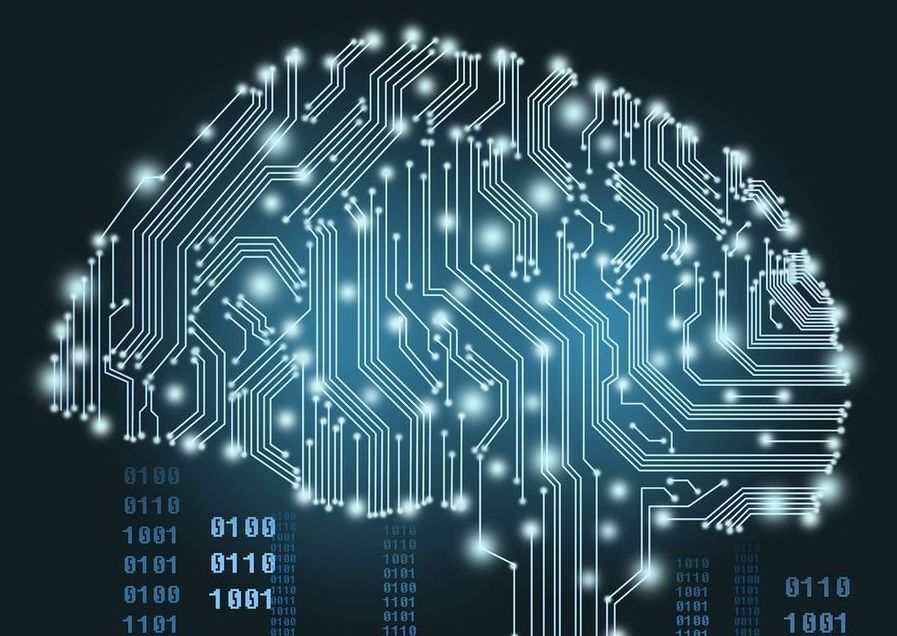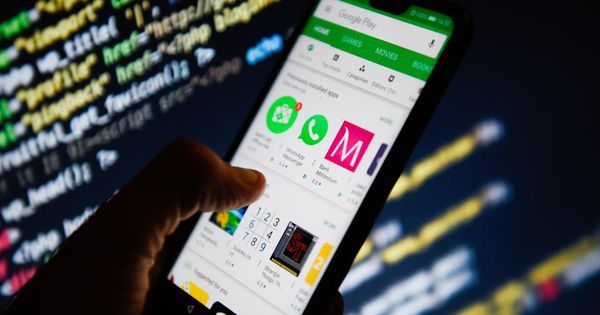Nov 4, 2019
How we Benefit from Getting our Genomes Sequenced
Posted by Paul Battista in categories: biotech/medical, finance, food, genetics, habitats, health, internet, mobile phones
When the first smartphones arrived, few people understood how they would change our reality. Today, our internet-connected mobile device maps our travel, manages our finances, delivers our dinner, and connects us to every corner of human knowledge. In less than a generation, it has become almost an extension of our central nervous system — so indispensable that we can’t imagine leaving home without it to guide us.
We are about to embark on another journey even more important to every individual and to human society. We are entering the age of genomics, an amazing future that will dramatically improve the health outcomes of people across the planet. Soon, we won’t be able to imagine a time when we left home without knowledge of our genome to guide us.
Continue reading “How we Benefit from Getting our Genomes Sequenced” »


















